Getting 5G indoors
5G indoors coverage is an essential ingredient in our 5G infrastructure, especially with the fastest flavour of 5G having low range and poor propagation.
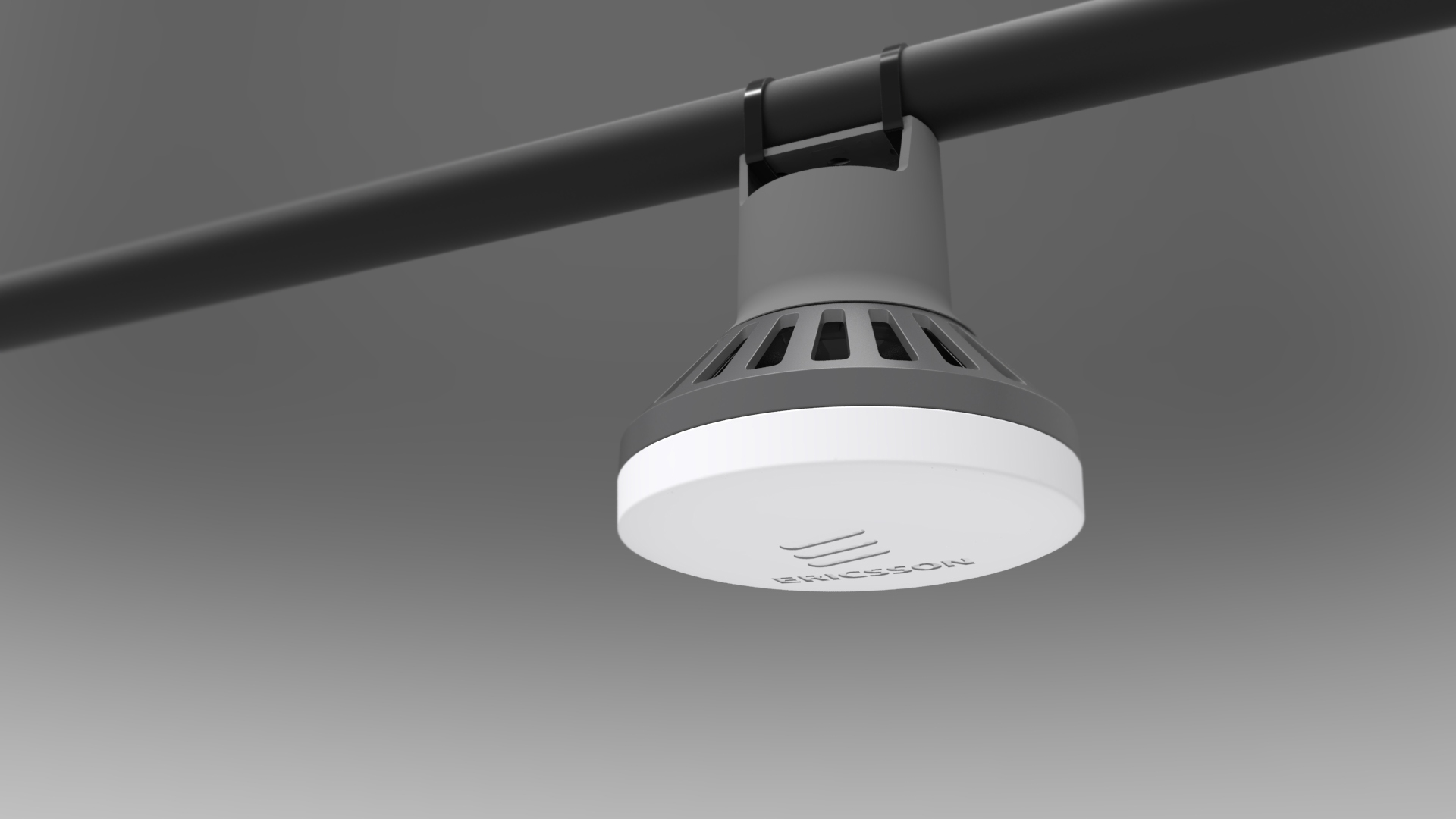
The rapid pace of 5G rollout has come as a pleasant surprise to those within the industry, especially among those who were scarred by the relatively tepid adoption of previous generations of mobile connectivity.
According to Qualcomm, there will be 45 commercial 5G networks available around the world by the end of 2020 with 340 operators in 115 countries making investments. The momentum is such, that by 2025, Ericsson expects there will be 2.6 billion subscribers and networks will cover two thirds of the world’s population.
This is undoubtedly good news for consumers who want a better mobile broadband experience and for businesses that hope to take advantage of new applications that will accelerate their digitisation efforts.
However this rapid pace of rollout and development may not to extend to indoor coverage. In urban areas especially, indoor coverage will take some time to materialise, leaving users reliant on 4G and Wi-Fi networks.
5G will eventually work indoors, but there are a number of factors to be taken into consideration.
Solving a problem like 5G indoor coverage
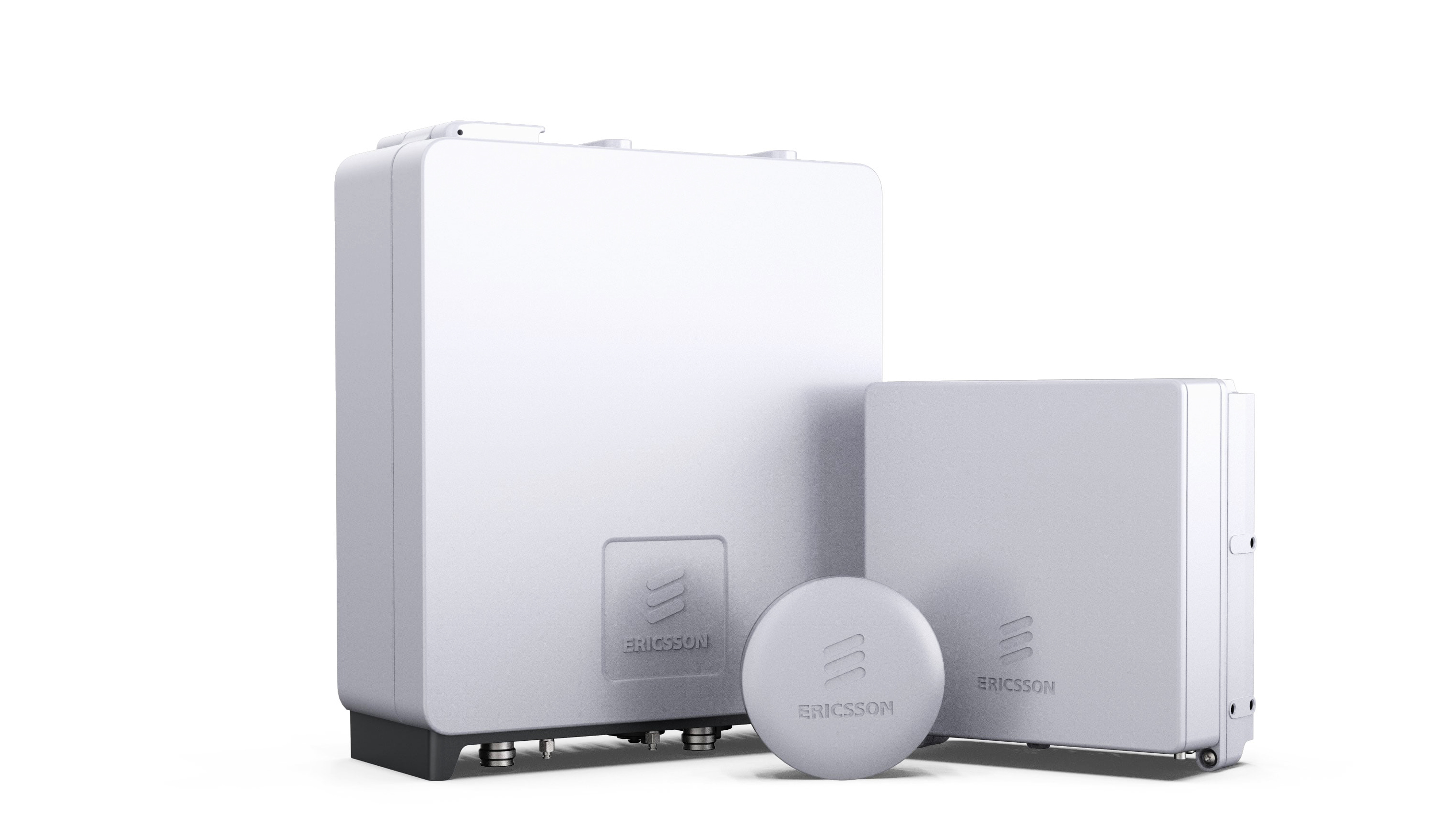
The first consideration is spectrum. Whereas previous generations of mobile connectivity, such as 3G and 4G, were designed the principal aim of improving mobile data services for smartphone users, 5G will enable a significantly wider array of applications and use cases.
Industries such as education, healthcare and manufacturing will all be transformed, while the Industrial Internet of Things (IIoT) will become a reality thanks to ultra-low latency.
Get up to speed with 5G, and discover the latest deals, news, and insight!
Mobile operators are transforming the core layer of their networks to meet the demands of such a diverse range of user groups, but 5G will also use a greater variety of spectrum than its predecessors. Networks will be built using low, mid and high-range spectrum frequencies.
Bands such as the 700MHz will be used to improve coverage over wide areas, while high-level spectrum such as millimeter Wave (mmWave) frequencies will be required for urban areas and bandwidth-hungry applications.
However high-level spectrum has low range and poor propagation qualities that make it a challenge to provide coverage – especially in urban areas. This means indoor coverage will suffer, at least initially.
Low-level spectrum
In the UK, operators are using the 3.4GHz airwaves they won at the 2018 Ofcom auction, while US carriers are harnessing mmWave spectrum to deliver their 5G Fixed Wireless Access (FWA) broadband services.
Neither band is especially suited for the task of delivering a signal indoors and the initial focus in the UK has been to improve speeds and capacity at the busiest parts of the network – such as large public squares, train stations, and sporting venues.
However as operators build out their 5G infrastructure, the use of low-range spectrum will help alleviate the issue. Next year, UK operators will participate in Ofcom’s auction of the 700MHz airwaves vacated by Digital Terrestrial Television (DTT), while in the US, T-Mobile plans to build out its 5G network with an even lower band – 600MHz.
These bands will not only improve coverage in rural communities where 5G is expected to have a significant economic and societal impact, but will have the additional effect of boosting indoor coverage in rural locations.
Major 5G equipment manufacturers, such as Ericsson, Huawei and Nokia, have adapted their Radio Access Network (RAN) product ranges to account for this diversity of spectrum. This gear not only supports wide range of frequencies but is also designed to be as small and as lightweight as possible.
This makes the kit easier to install but also ensures that the physical capacity of mobile sites, which might also have to provide 3G and 4G coverage is not exceeded. Lighter, smaller radio gear also allows for more flexible deployments, something which will be crucial in addressing the challenges of 5G mast infrastructure.
The densification of network
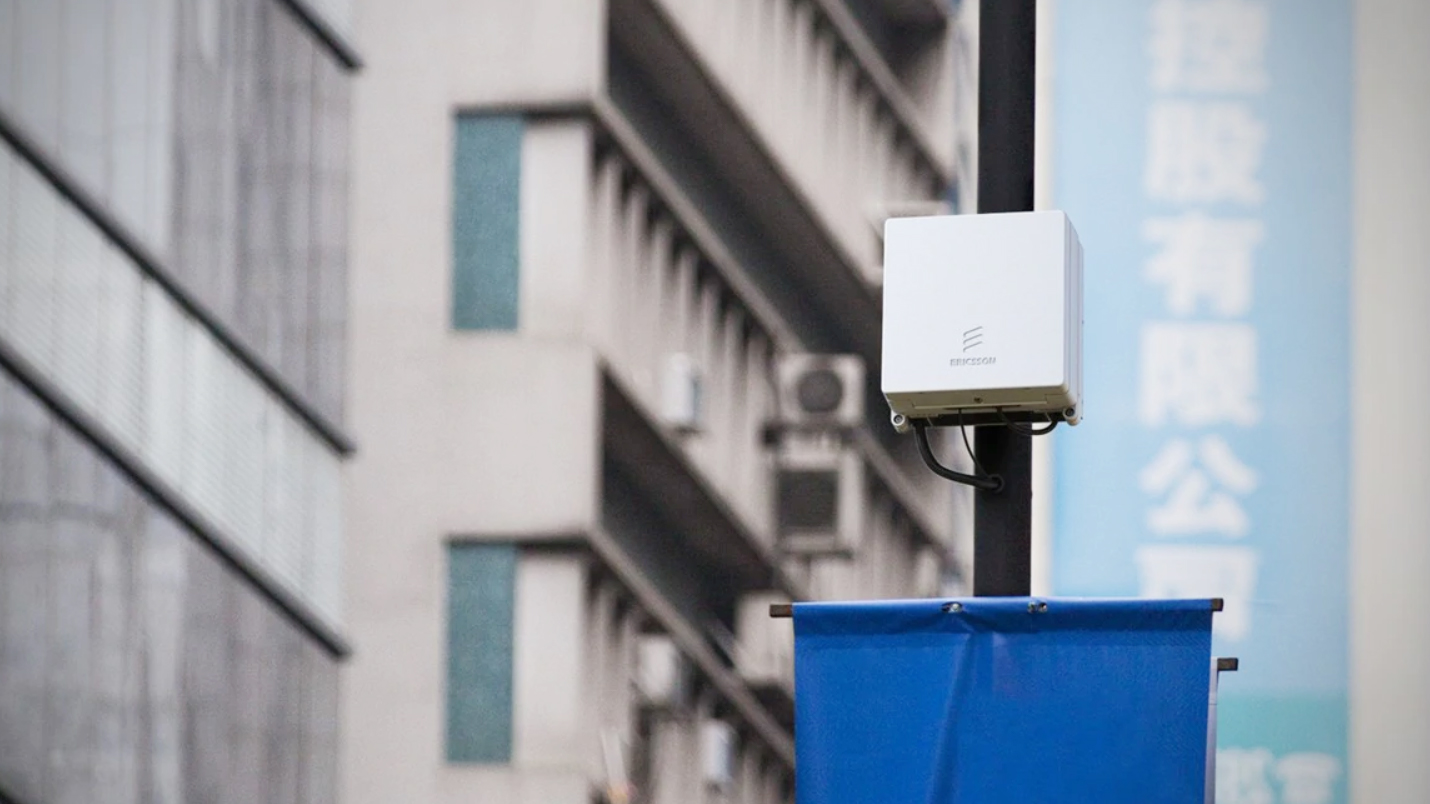
The poor propagation qualities and geographical range of higher-level spectrum means operators will have to densify their networks with more access points than 3G or 4G. This will be essential for indoor coverage and for mission critical applications that rely on constant connectivity.
However traditional masts are simply unsuited for network densification. Cell towers a significant amount of space that cannot be found in a major city like London or New York and even if authorities could identify a location, the height of the mast would be unsightly and would likely fall foul of local planning laws.
That’s before you consider the expense of maintenance and the tower’s power requirements. The use of cell towers will be restricted to lower-level spectrum and 5G operators will instead deploy 5G microinfrastructure such as small cells alongside traditional macroinfrastructure like towers.
Small cells are compact antennas that can be deployed in areas where it is impractical or impossible to install a full size tower. Small cells consume less power and cover a much smaller geographical area than macroinfrastructure and can be deployed on the side of buildings, on bus shelters and even on lampposts.
Microcells typically have a range of 2km, while picocells have a typical range of around 200 metres. Operators typically deploy multiple cells in a single location. This approach increases capacity and also ensures that users can be handed off from one access point to another – ensuring a seamless experience.
However, some of the limitations that apply to conventional masts also apply to small cells. Operators must ensure they have backhaul – either fibre or wireless – at the site. There must be an appropriate power source and operators must have physical access to the site. This might mean complicated or lengthy negotiations with the landowner or through a public authority.
Femtocells are a way to improve their indoor coverage independently of a mobile operator and without the need to gain access or planning permission. Individual users or businesses install and maintain the femtocell themselves, providing power and backhaul – usually a standard mobile broadband connection.
Typically, femtocells have a range of 10 metres and can only support a handful of users. However they are pitched as a low cost method of improving indoor coverage for offices, restaurants or even rural homes.
Regulating 5G small cells
One of the biggest challenges within the world of 5G small cells is coming up with a set of industry standards and definitions for this emerging tech. To this end, the Small Cell Forum (SCF) - whose members include Airspan, AT&T, Cisco, CommScope, Ericsson, Huawei, Nokia, Qualcomm, Samsung, and Vodafone - has begun publishing the first “informed and consensual” overview of 5G small cell network architectures and product definitions.
"In the 5G era, small cells will be deployed in a far wider range of scenarios, and form factors and architectures will be extremely varied."
Prabhakar Chitrapu, Small Cell Forum.
Titled ‘5G Small cell architecture and product definitions’, this is the first such study of its kind, with the aim of providing an informed view of the most important configurations and specifications for companies deploying small cells between now and 2025.
“In the early days, small cells looked fairly similar, regardless of the environment in which they would be deployed, and were easily distinguishable in size, weight and power output from other mobile equipment,” said Prabhakar Chitrapu, Chair of Small Cell Forum. “In the 5G era, small cells will be deployed in a far wider range of scenarios, and form factors and architectures will be extremely varied.”
NEC has successfully demonstrated mmWave 5G in an office environment, using distributed-MIMO, which has enabled them to triple the number of simultaneous connections and capacity in an office environment, using distributed-MIMO in the 28 GHz millimeter-wave frequency band.
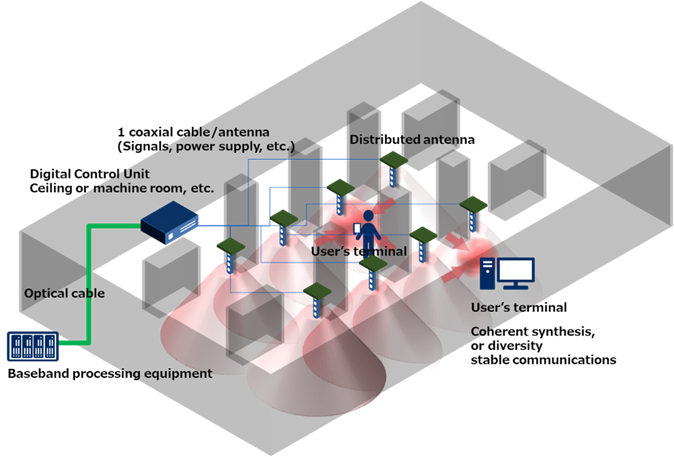
"NEC has established itself as a leader in digital beamforming technology and has commercialized Massive-MIMO in the sub 6 frequency band."
NEC announcement.
“NEC has established itself as a leader in digital beamforming technology and has commercialized Massive MIMO in the sub 6 frequency band,” NEC said. “Moreover, NEC has developed digital coordination technology among antenna elements distributed in the millimeter-wave frequency band and conducted verification activities to solve the problems of indoor mobile communications, such as shadowing and diffraction of propagation paths.”
The demo achieved approximately three times the number of simultaneous connections and transmission capacity, compared to test cases without distributed-MIMO in the 28 GHz frequency band.
This was the first demonstration in the industry to apply a distributed-MIMO system in the millimeter-wave frequency band in an office environment, with NEC hoping that it will contribute to the construction of 5G environments that enable simultaneous multiple connections in the future.
“Applying Massive-MIMO techniques to millimeter-wave frequency is considered to be optimal for applications where each terminal requires a high transmission capacity, such as indoor offices or stadium seats with high terminal density,” the announcement explained.
NEC conducted propagation and transmission trials in a real office environment, using a distributed-MIMO technique for the Radio Units (RU) of a 28 GHz band base station system, which boosted simultaneous connections and increased capacity.
Fight for your right to 5G
Because millimeter wave signals don't travel very far, and can’t penetrate walls, small cells become vital for in-building coverage. However, with US mobile network operators (MNOs) already billions of dollars out of pocket, having already stumped up for mmWave spectrum, many have claimed that cities are not adhering to an FCC declaration that was issued in 2018, which was intended to aid the densification of 5G networks, and ensure that cities don't put unnecessary barriers in place.
The case was brought before the federal court, with Portland, Oregon cited as an example by major MNOs AT&T, T-Mobile, and Verizon. And a federal appeals court recently upheld the 2018 decision by the Federal Communications Commission (FCC) to cap fees for wireless carriers, and ensure that they are “reasonable” and “no higher than the fees charged to similarly-situated competitors”.
Ahead of the 2018 declaration, the FCC was already receiving complaints from MNOs over unrealistic fees for small cell installations.
Cited in the FCC’s original 2018 declaration was a report from Accenture, which estimated that, during the next three or four years, 300,000 small cells would need to be deployed – a total that it noted was “roughly double the number of macro cells built over the last 30 years”, and which the FCC now says is probably closer to 800,000.
“Per-facility fees that once may have been tolerable when providers built macro towers several miles apart now act as effective prohibitions."
Accenture report.
“The many-fold increase in Small Wireless Facilities will magnify per-facility fees charged to providers,” the report said. “Per-facility fees that once may have been tolerable when providers built macro towers several miles apart now act as effective prohibitions when multiplied by each of the many Small Wireless Facilities to be deployed.”
Thankfully, for the likes of AT&T, T-Mobile, and Verizon, the 9th US Circuit Court of Appeals in San Francisco upheld the orders from the FCC to stop putting barriers in the way of small cell roll-outs, which, despite objections from a number of US cities, should now make the process of rolling out small cells easier, cheaper, and quicker.
And speaking following the decision, FCC Chairman Ajit Pai called the ruling a “major victory” for the commission, and for American consumers.
Wi-Fi 6 and offloading
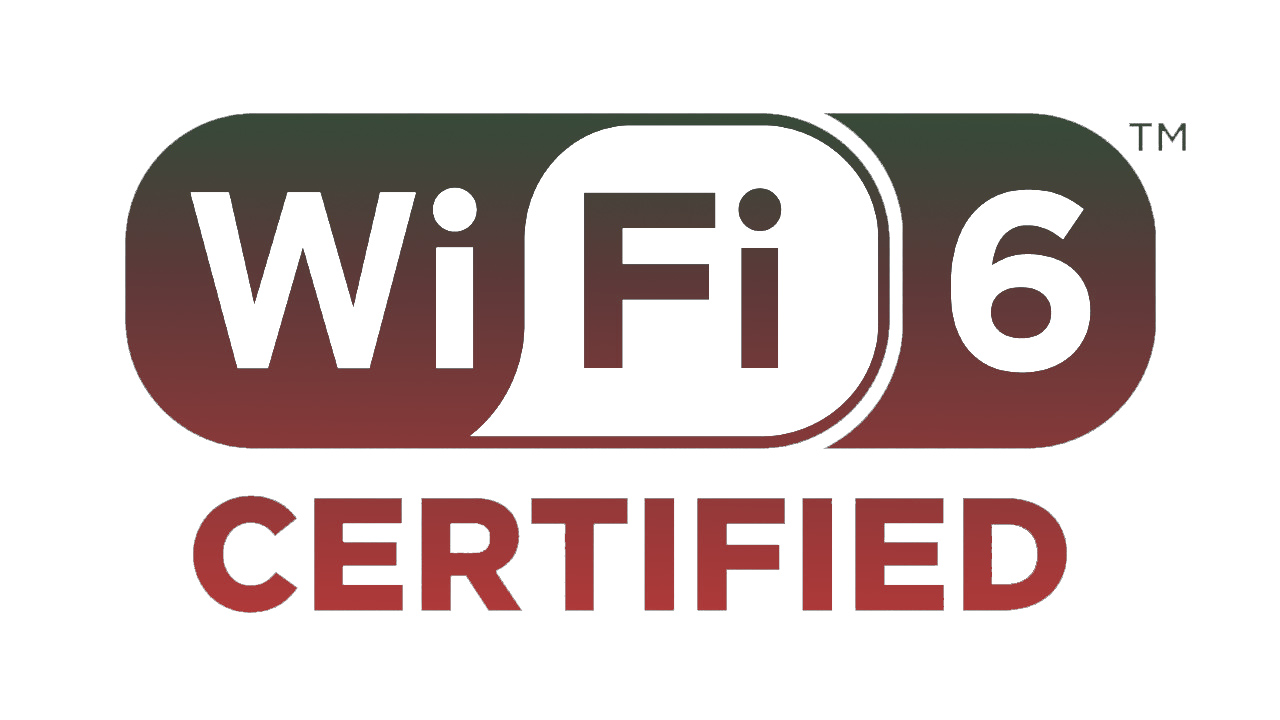
Until mobile operators start deploying more spectrum and small cells, indoor coverage will likely either be provided by 4G networks or through next-generation Wi-Fi services.
Wi-Fi 6 is positioned as the wireless equivalent to 5G, a complementary technology that possesses four times the capacity of previous generations of Wi-Fi, supports speeds of up to 10Gbps and delivers significantly lower latency.
Adoption of Wi-Fi 6 is accelerating. Analysts at ABI Research believe half of all wireless kit will be compatible by 2024 and the Wireless Broadband Alliance says nine in ten service providers, technology vendors and enterprises plan to deploy Wi-Fi 6. This will help mobile operators develop converged services that combine fibre, wireless and cellular connectivity into a seamless experience.
From an indoor coverage perspective, Wi-Fi 6 will allows operators to offload some users and traffic from the 5G network onto a public wireless network when they move indoors. Cisco’s Annual Internet Report suggests 7.4 per cent of all end points will be Wi-Fi 6 and 11 per cent of all public hotspots will be compatible by 2023.
5G is a hugely promising technology that will deliver numerous economic and societal benefits, but it will take time for networks to mature and for services to be widely available. The technologies and spectrum are available but deployment can be complex.
Expect early 5G rollouts to focus on outdoor coverage and for indoor connectivity to be reliant on the progress of operator’s technical roadmaps. But the fact that the vast majority of mobile traffic is generated indoors makes the issue of in-building coverage impossible to ignore.
- Discover the best 5G networks in the UK and US
- Get your hands on the hottest 5G phones
- Millimeter wave: the secret sauce behind 5G
- The complete guide to 5G security
- We reveal the latest 5G use cases
- Discover the truth behind 5G dangers
- 5G towers: everything you need to know
Steve McCaskill is a former editor of Silicon UK, and is an experienced journalist. Over the last eight years Steve has written about technology, in particular, telecoms, mobile, sports tech, video games and media.

